Star patterns have been recognizable for over 10 000 years when European cave paintings indicate the knowledge of some star formations that are well-known to present day people. The ancient civilization of Babylonians kept records of star constellations, and the twelve star zodiac signs that we are familiar with are based on the Babylonian night sky observations. In the second century the Greek scientist Ptolemy listed 48 star constellations, which are the basis of the 88 constellations found in the official list provided by the International Astronomical Union.
Here are some of the most popular star constellations, which can be easily recognized because of their convenient visibility in the clear night sky.
Orion: mythology
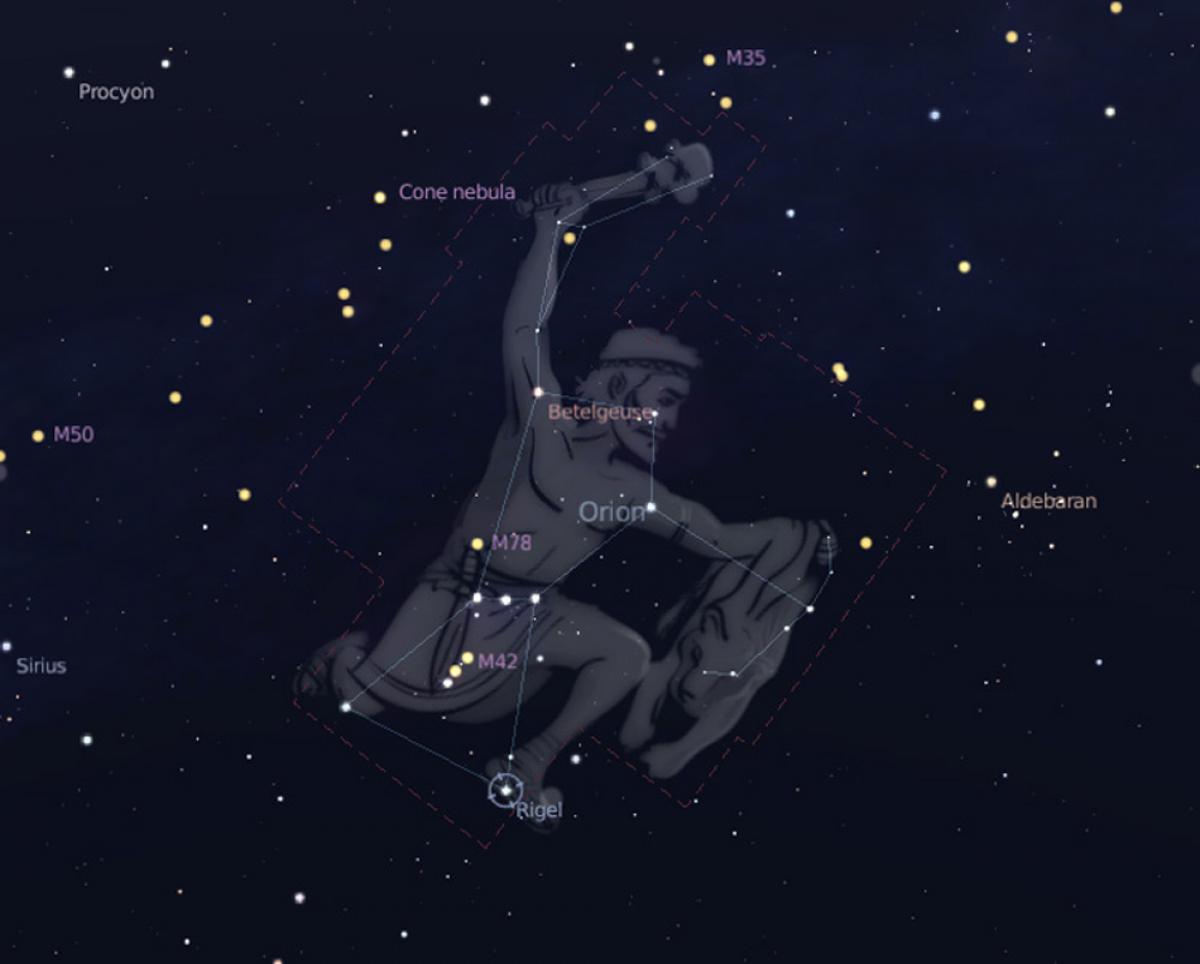
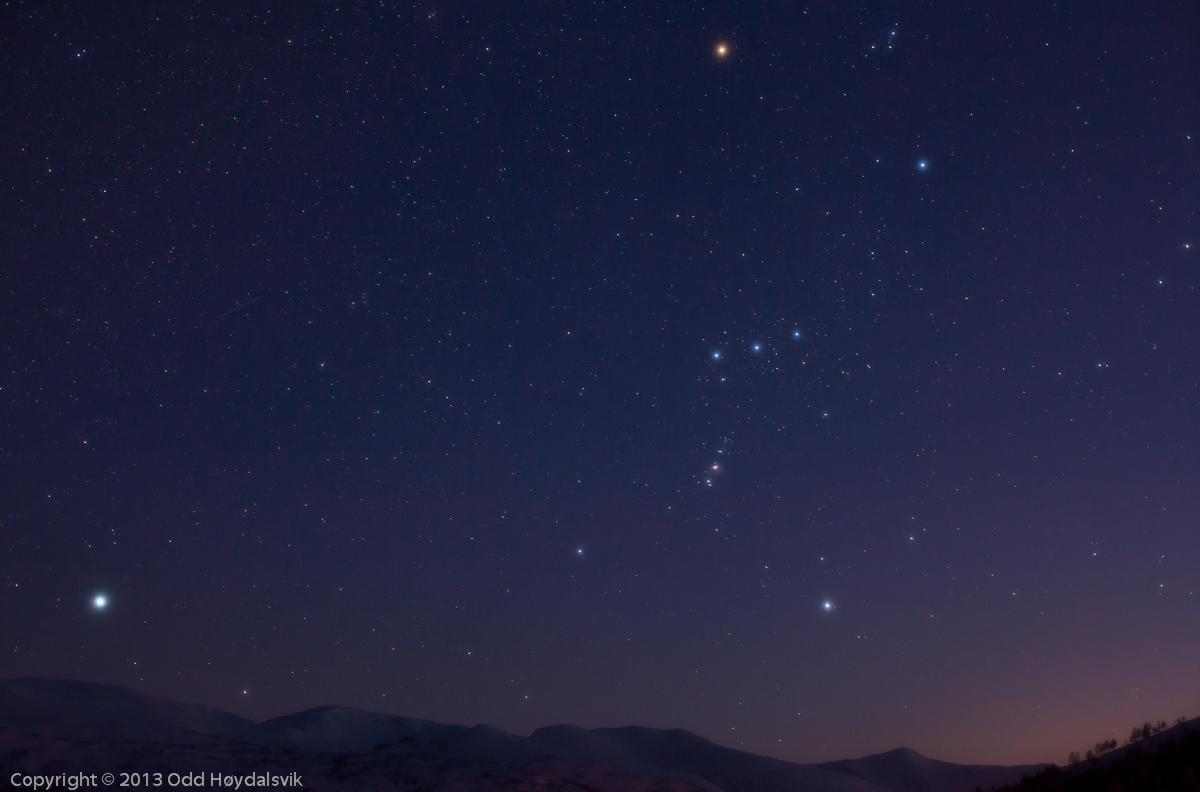
Orion: facts
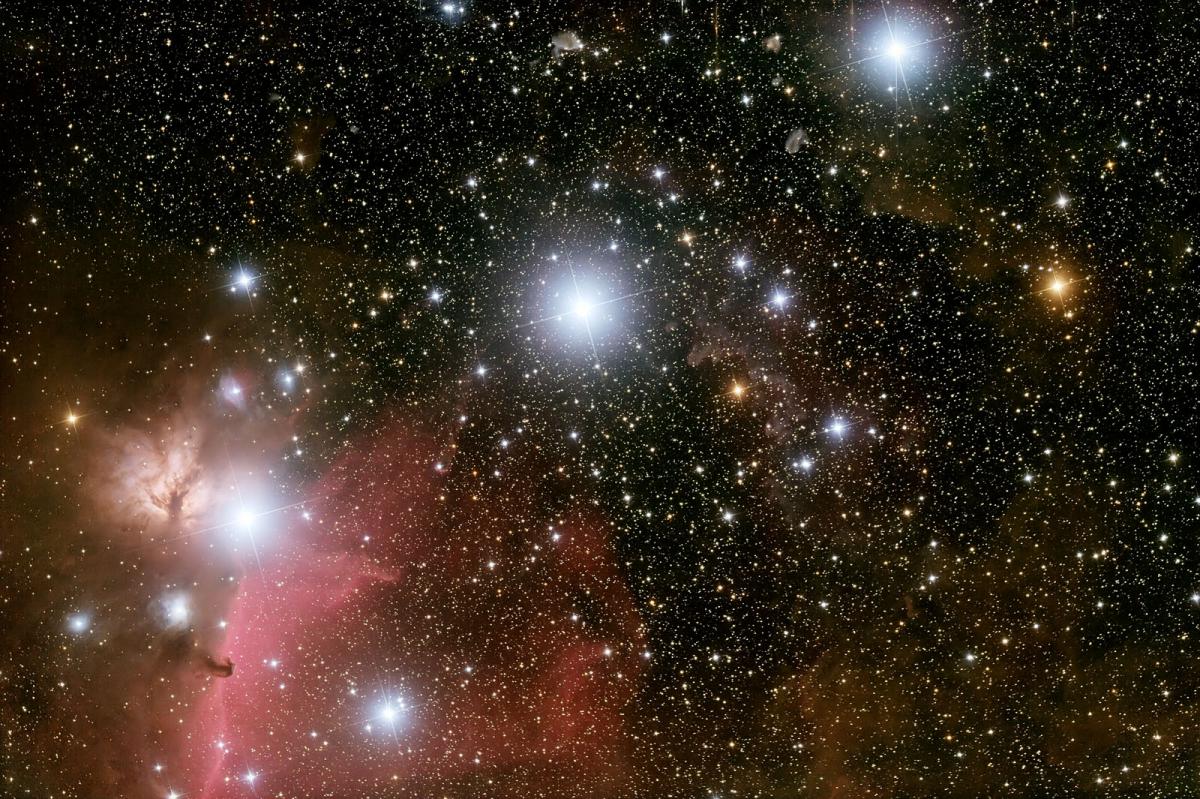
-
The best time to observe Orion in the Northern hemisphere is from late fall to early spring
-
The summer months are the most appropriate season for the viewing of Orion in the Southern hemisphere. It is worth mentioning that it will be placed upside down.
-
Orion’s shoulder is embellished by Betelgeuse – a red supergiant star; it is the biggest in the constellation. The rest of the stars are bright blue.
-
Rigel is the brightest star in Orion. It is 40 000 times brighter than our sun.
-
In the middle of the constellation one can see a line of three stars. They are known as Orion’s Belt.
-
Sirius is positioned in the bottom of the constellation. It is the brightest star in the sky.
Ursa Major: mythology
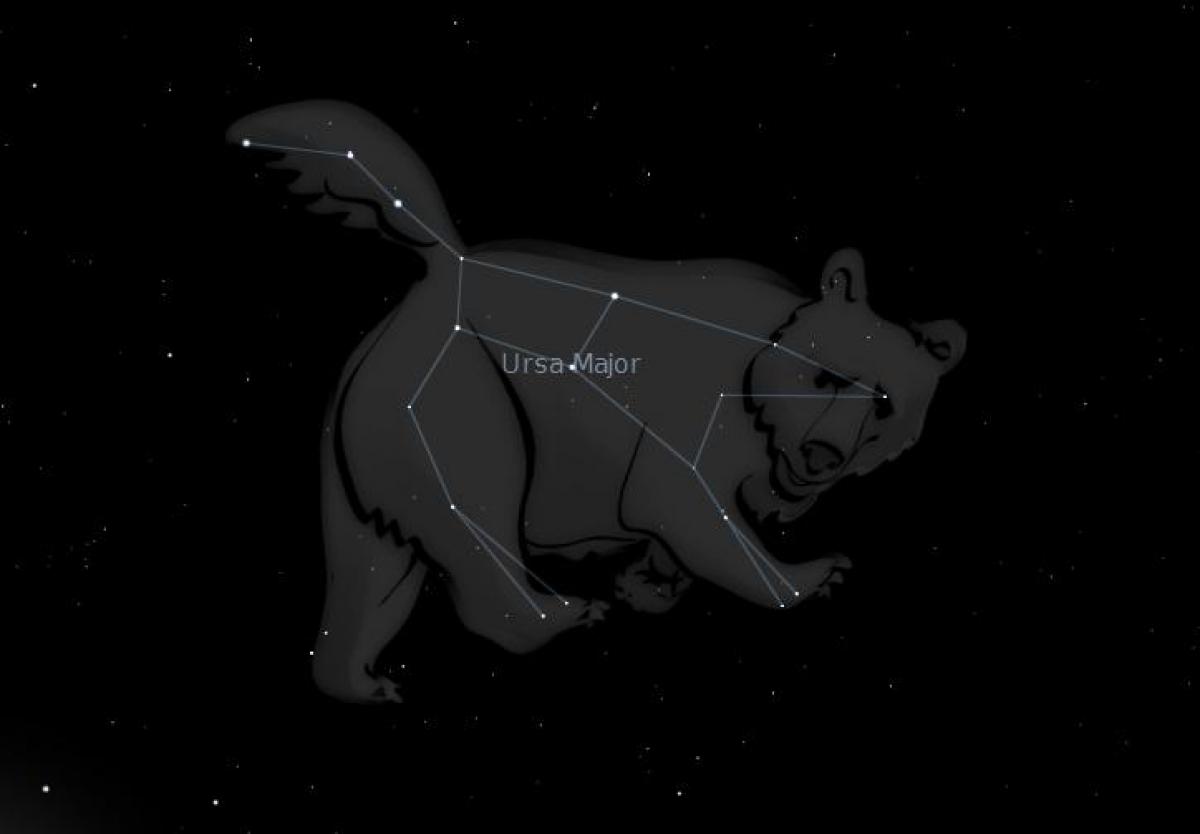
The Greek mythology tells the story of a beautiful young girl named Callisto, who attended the goddess of hunting- Artemis. Callisto’s beauty could not stay unnoticed by Zeus, who took advantage of her innocence and chastity, and eventually she got pregnant. She gave birth to a son named Arcas. Zeus’s jealous wife Hera got furious with her husband’s infidelity and turned Callisto into a bear. After long years of solitude into the wild, Callisto encountered her son, who being a skilful hunter tried to kill her. Panicked by what was going to happen, Zeus prevented the mother- killed-by-her-son accident by sending them both to night the sky. Callisto as Ursa Major (Great Bear) and her son as Ursa Minor (Little Bear).
Ursa Major: facts
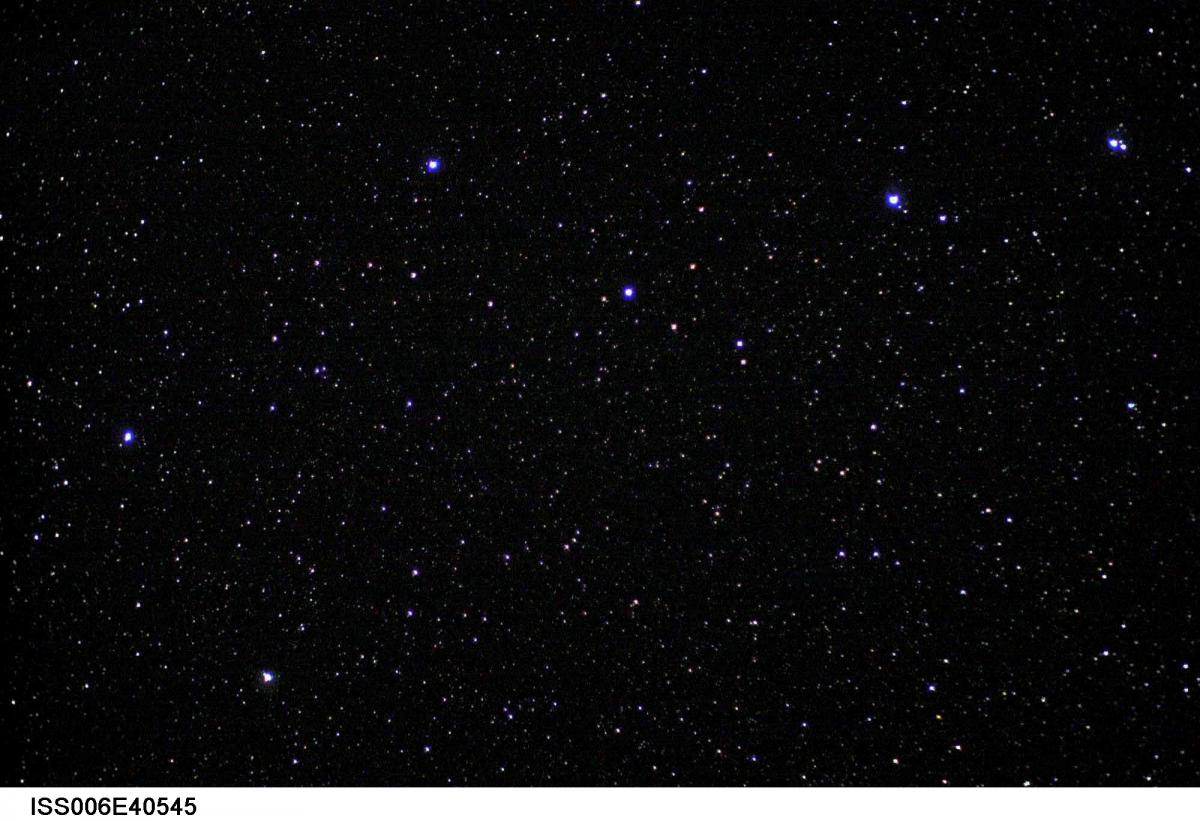
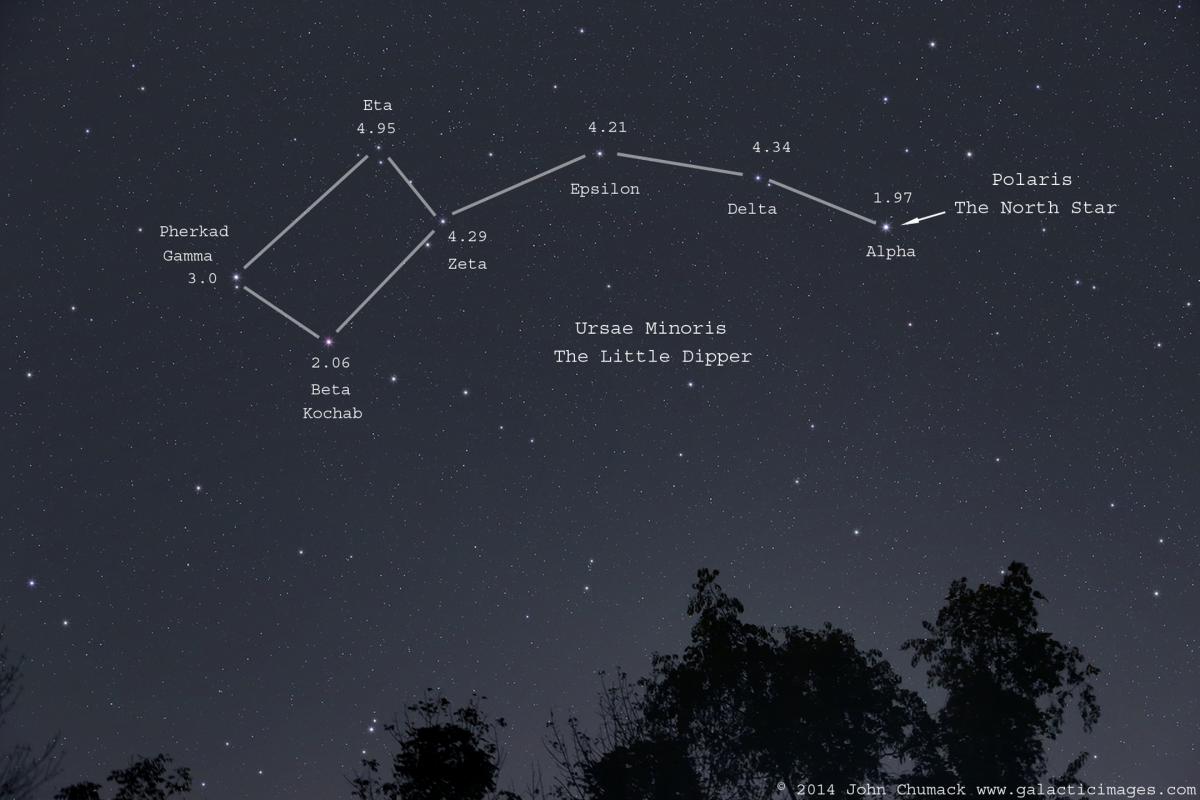
Ursa Minor’s mythology is entangled with Ursa Major’s. The Little Bear, as it is referred to, is always associated with the Great bear(Ursa Major)
Ursa Minor: facts
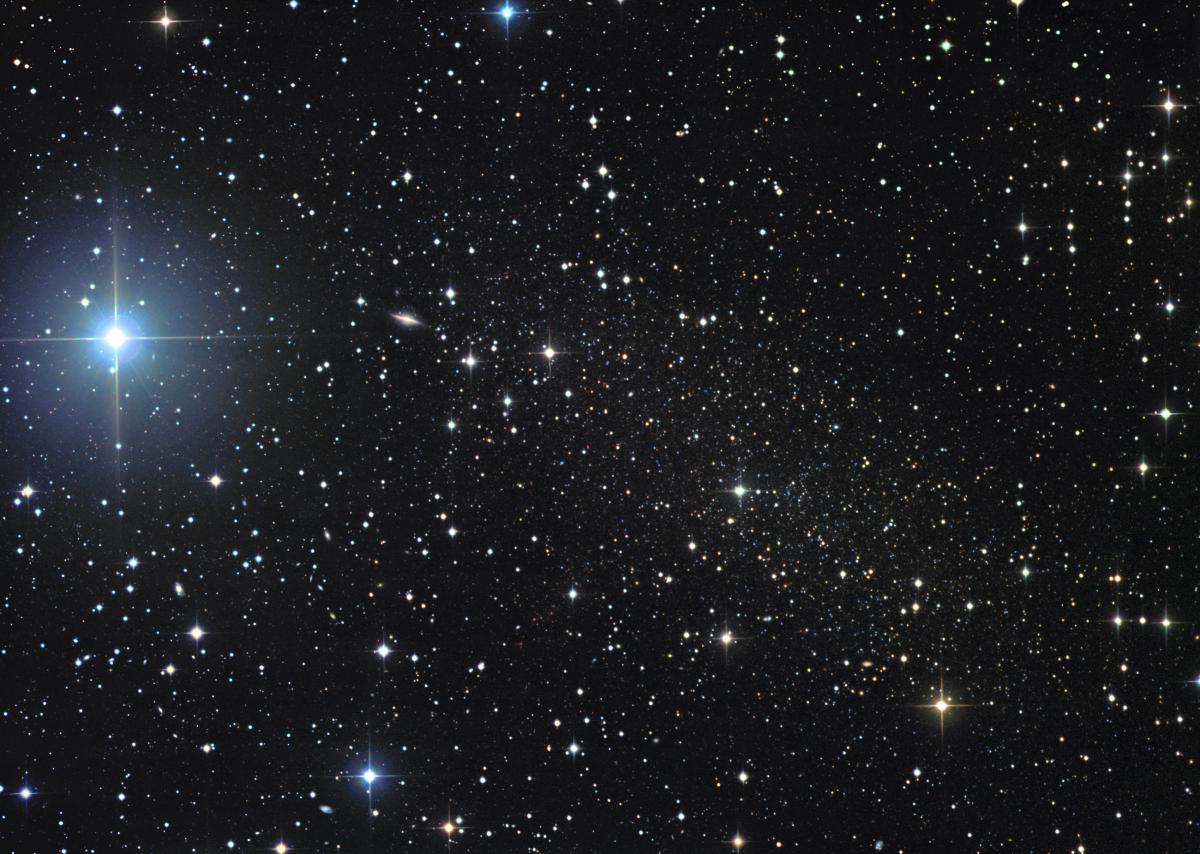
-
The North Star, Polaris is part of Ursa Minor.
-
Ursa Minor is also known as the Little Bear, or the Little Dipper. The stars in the pattern form the shape of a baby bear with an exclusively long tail
-
The spotting of the North Star makes it easy to identify the other stars from the constellation.
Cassiopeia: mythology
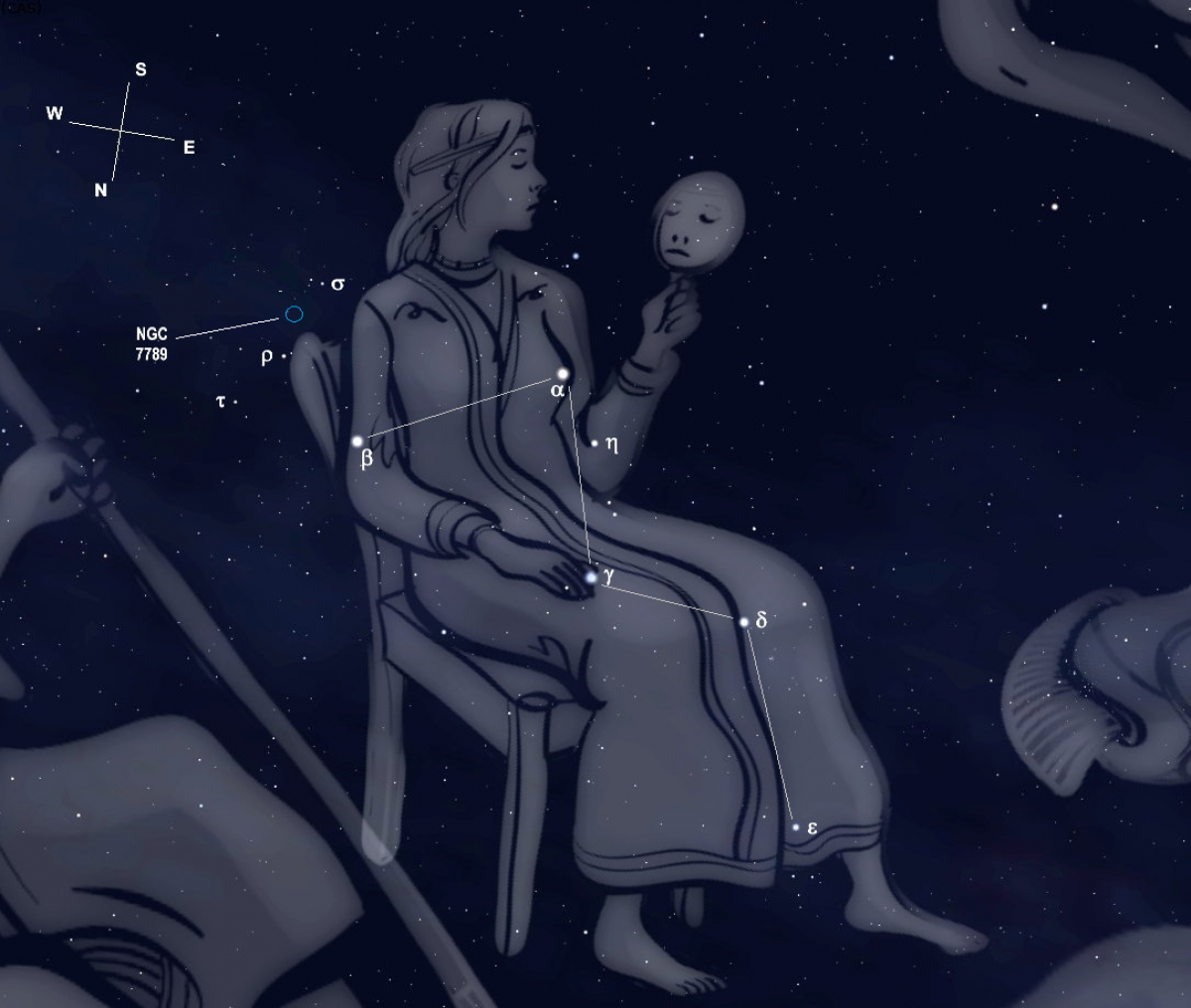
Cassiopeia was a boastful queen, who stated her beauty to be greater than the beauty of the sea nymphs. They took that great dare as a deadly offense and banned the challenging queen to the heavenly skies.
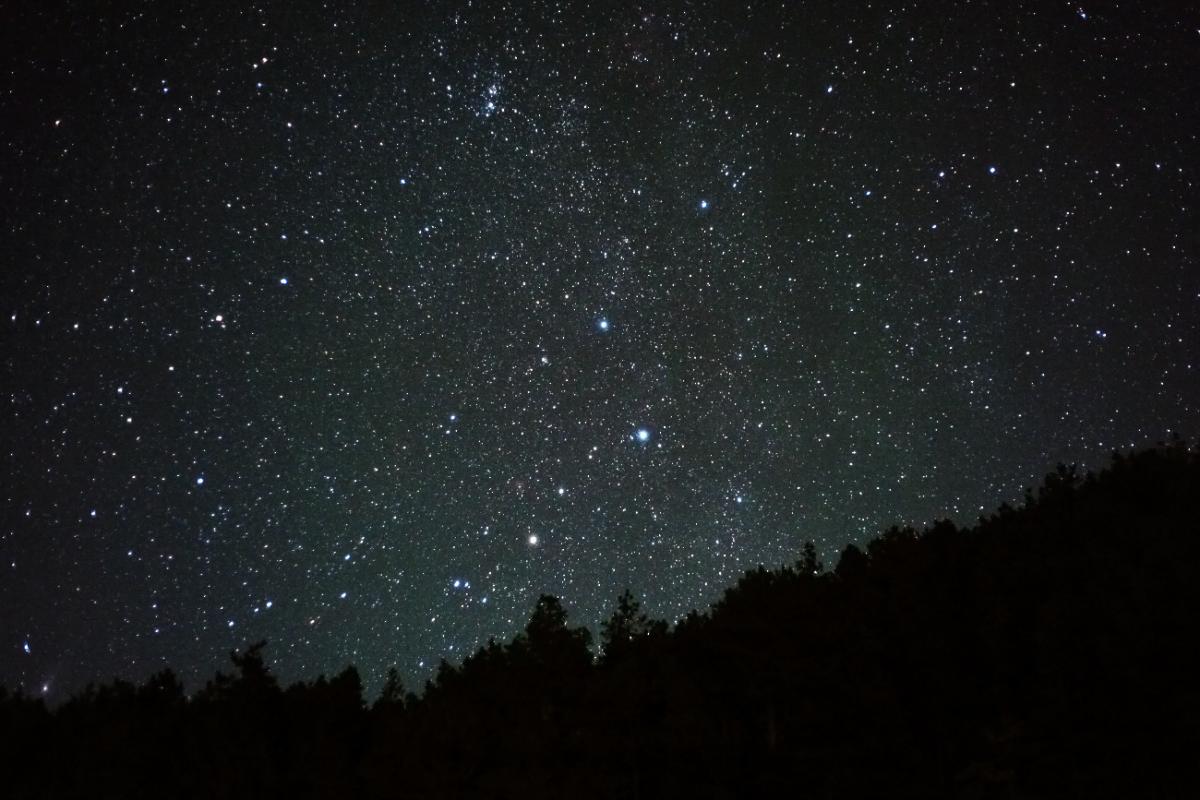
The constellation of Cassiopeia is best sighted in November.
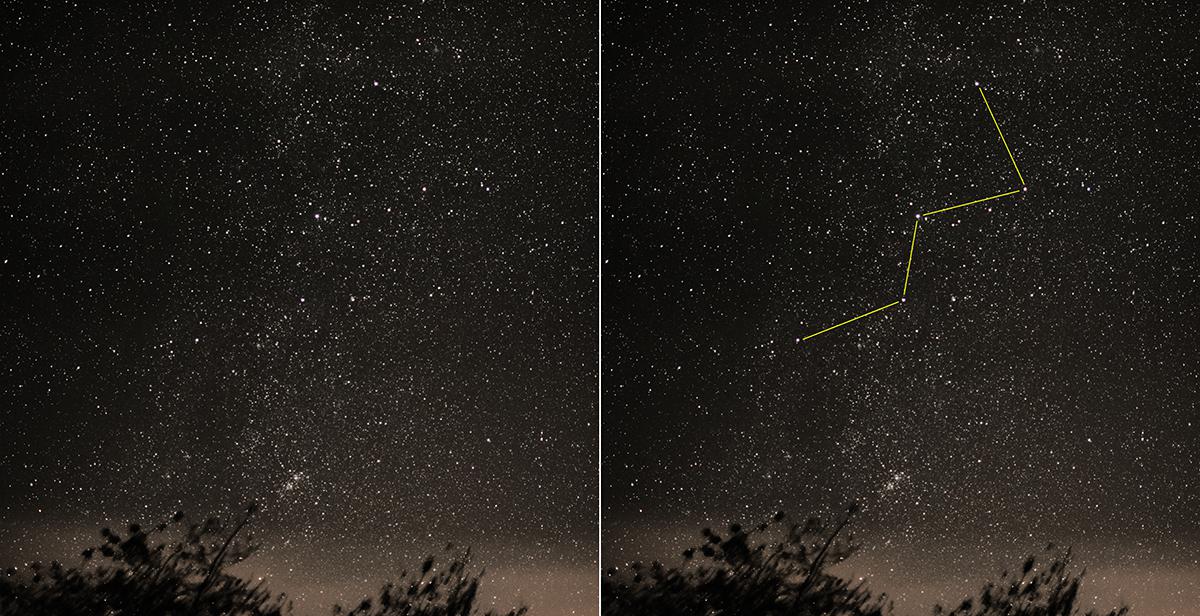
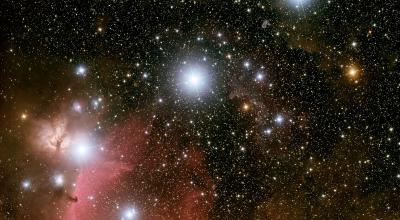
Leave a Reply